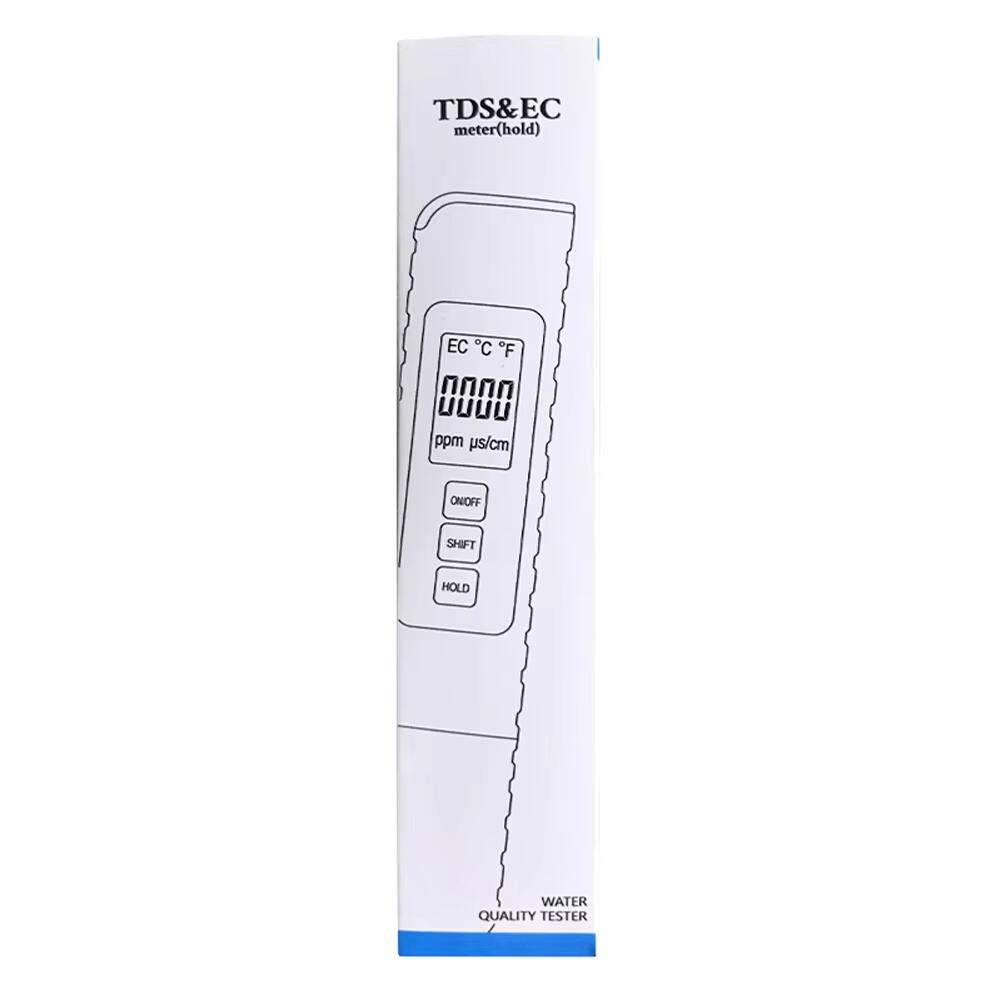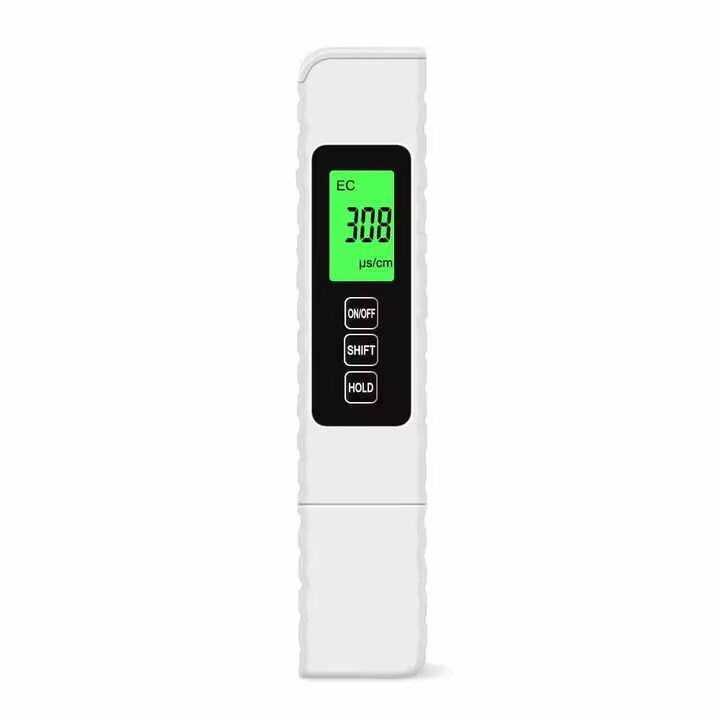Understanding the Revolutionary Impact of Soil EC Measurement in Modern Agriculture
The agricultural landscape is experiencing a profound transformation through precision farming technologies, and the soil EC meter stands at the forefront of this revolution. This sophisticated instrument measures electrical conductivity in soil, providing farmers and agronomists with crucial data about soil texture, nutrient availability, and moisture content. By understanding these vital soil characteristics, growers can make more informed decisions about irrigation scheduling and nutrient management, ultimately leading to improved crop yields and resource efficiency.
Modern agriculture demands precision and efficiency in every aspect of crop production. The soil EC meter has emerged as an indispensable tool that helps growers achieve these goals by providing real-time, accurate measurements of soil conditions. This technology enables farmers to move beyond traditional guesswork and implement data-driven approaches to field management.
The Science Behind Soil Electrical Conductivity
How Soil EC Measurements Work
Soil electrical conductivity measurements rely on the principle that soil components conduct electricity at different rates. The soil EC meter sends electrical signals through the soil and measures how easily these signals travel. Various factors influence this conductivity, including soil texture, moisture content, salinity levels, and nutrient concentration. These measurements provide valuable insights into soil characteristics that directly impact crop growth and development.
The technology employs either contact or non-contact methods to gather data. Contact methods involve direct soil penetration with electrodes, while non-contact methods use electromagnetic induction to measure conductivity without physical contact. Both approaches provide accurate readings that help farmers understand their soil's composition and properties.
Interpreting Soil EC Data
Understanding soil EC readings requires knowledge of how different soil properties affect electrical conductivity. Higher EC values typically indicate greater concentrations of soluble salts and clay content, while lower values might suggest sandier soils with less nutrient-holding capacity. This information helps farmers develop targeted management strategies for different areas within their fields.
Professional agronomists use soil EC data to create detailed soil maps that highlight variations across fields. These maps become invaluable tools for implementing precise irrigation schedules and developing zone-specific nutrient management plans.
Optimizing Irrigation Management with EC Measurements
Precision Water Application
The soil EC meter revolutionizes irrigation practices by providing detailed information about soil moisture distribution and water-holding capacity. Farmers can use this data to determine exactly when and where to apply water, preventing both under and over-irrigation. This precision approach not only conserves water but also promotes optimal plant growth conditions.
By understanding the relationship between soil EC and moisture content, growers can establish irrigation zones that account for variations in soil texture and water retention capabilities. This zonation allows for more efficient water use and helps prevent issues related to poor drainage or insufficient moisture.
Drought Stress Prevention
Regular monitoring with a soil EC meter helps farmers identify potential drought stress before visible symptoms appear in crops. By tracking changes in soil moisture patterns, growers can take proactive measures to prevent yield losses due to water stress. This early warning system is particularly valuable during critical growth stages when crops are most sensitive to water deficits.
The technology also helps farmers maintain optimal soil moisture levels throughout the growing season, reducing the risk of crop stress and ensuring consistent growth and development. This capability is especially important in regions with variable rainfall patterns or limited water resources.

Enhanced Nutrient Management Strategies
Precise Fertilizer Application
Soil EC measurements provide valuable insights into nutrient availability and distribution across fields. This information enables farmers to develop targeted fertilizer applications that match crop needs and soil conditions. By understanding the relationship between soil EC and nutrient holding capacity, growers can optimize fertilizer use and reduce waste.
The technology helps identify areas where nutrients might be limited or excessive, allowing for more precise application rates. This targeted approach not only improves crop performance but also reduces environmental impact and production costs.
Soil Health Monitoring
Regular soil EC monitoring helps track changes in soil health and fertility over time. Farmers can use this information to assess the effectiveness of their management practices and make necessary adjustments. The data also helps identify potential soil quality issues before they significantly impact crop production.
By understanding trends in soil EC readings, growers can evaluate the long-term effects of their farming practices on soil health and make informed decisions about crop rotation, cover cropping, and other management strategies.
Maximizing Return on Investment
Cost Savings and Efficiency
Implementing soil EC meter technology leads to significant cost savings through more efficient use of water and fertilizers. The precision management capabilities enable farmers to reduce input costs while maintaining or improving crop yields. These efficiency gains contribute directly to improved farm profitability.
The technology also helps prevent costly mistakes related to over-application of inputs or missed opportunities for timely interventions. By providing accurate, real-time data, soil EC meters help farmers make better management decisions that protect their investment in crops.
Long-term Benefits
Investment in soil EC measurement technology provides long-term benefits for farm operations. The detailed soil information gathered helps farmers develop more sustainable management practices that improve soil health and productivity over time. This long-term approach to soil management contributes to more resilient and profitable farming operations.
The technology also supports environmental stewardship by promoting more efficient resource use and reducing the potential for nutrient runoff or groundwater contamination. These environmental benefits can help farmers meet regulatory requirements and maintain good relationships with their communities.
Frequently Asked Questions
What accuracy can I expect from a soil EC meter?
Modern soil EC meters provide highly accurate measurements when properly calibrated and used according to manufacturer specifications. Typical accuracy ranges from ±2% to ±5% of the measured value, depending on the specific model and environmental conditions.
How often should soil EC measurements be taken?
For most agricultural applications, conducting comprehensive soil EC surveys once every 3-5 years is sufficient for understanding basic soil variations. However, regular spot checks throughout the growing season can help monitor changes in moisture content and nutrient availability.
Can soil EC meters be used in all soil types?
Soil EC meters can be used effectively in most soil types, though interpretation of results may vary. The technology works particularly well in soils with moderate to high clay content but can also provide valuable information in sandy soils when properly calibrated and interpreted.



